The colours orange and yellow have always been used to help make a statement. Ikea, Hertz, EasyJet, McDonalds - these are just some of many companies that use these colours in their branding to stand out from the rest. In China yellow was always reserved for royalty, as evidenced in the architecture. Where most Chinese roof tiles are grey, all the royal palaces have yellow or gold tiling.
Orange is associated with sunshine, warmth and happiness; something we all yearn in the cold winter months. Unsurprisingly then that the two birthstones of November are Topaz and Citrine, both of which can have an orange to yellow hue. Other stones that you can find in these colours are Sapphire, Garnet, Fire Opal, Zircon, Beryl and Amber.
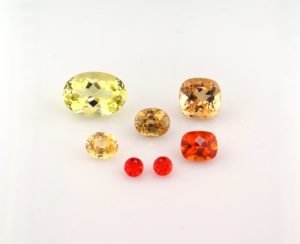
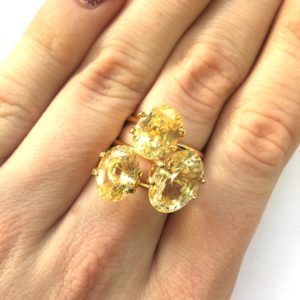
Wassily Kandinsky, the Russian abstract artist, famously described orange as ‘red brought nearer to humanity by yellow’, an apt description given that orange always teeters on the borderline of becoming the less desirable colour of brown. Hence it so special to find a stone that falls in the spectrum of the ideal orange.
Yellow, on the other hand, can be bright and vibrant in some stones or have a softer tone in others. Yellow Sapphire is highly sought-after in these softer yellow tones, as they appear similar to a yellow Diamond, but are hard to come by with that look.
Blue Topaz is a stunning example of a blue gemstone and is a common and inexpensive stone however that is definitely not the case for yellow Topaz which commands a much higher price. When yellow Topaz moves towards an orange to red colour it is known as Imperial Topaz, a very rare stone and can be viewed as a collector’s item.
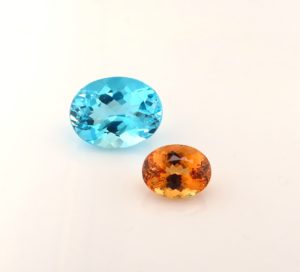
Originally found in Russia in the Ural Mountains, but now mined out there, Imperial Topaz was named in honour of the Russian monarchy, who prized its luxurious, golden-sherry hues, and no-one else was allowed to own it.
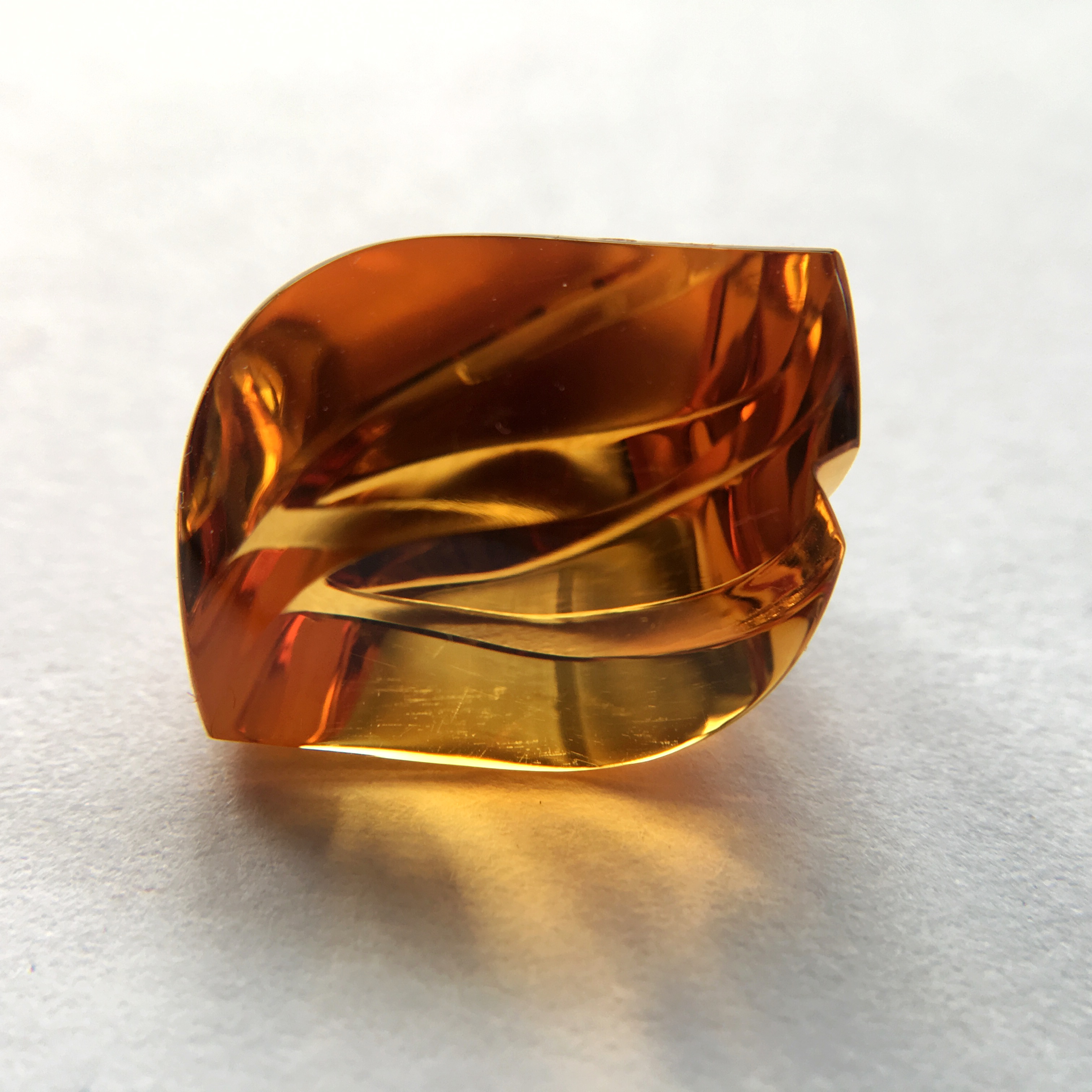
Citrine, from the same family of gemstones as the popular Amethyst, gets its name from the Greek word ‘citron’, meaning lemon, because the crystal has a similar colour to the citrus fruit. Citrine can be found in light yellows, yellow brown, orange and dark orange brown. In the past their similar colouring lead to Topaz and Citrine being mistaken for the same stone. But, as time has gone on and science has advanced, we now know they are very different.
Citrine is seen throughout history, way back to Egyptian times where it was used to honour Sekhmet, the Egyptian Goddess of War, the most powerful goddess of Lower Egypt, usually depicted with the head of a lion and the body of a beautiful woman. Citrine also appeared through the Victorian era in various brooches and pendants. Today it remains one of the most affordable and frequently purchased yellow gemstones.
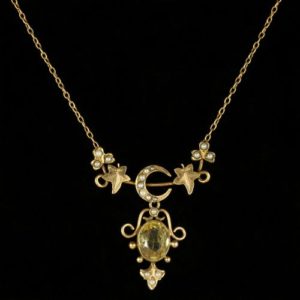
Gemstone specialists GF Williams supplies a huge range of high quality coloured gemstones and is an expert and experienced gemstone supplier to designers, manufacturers, collectors and private clients.
Find out more about how GF Williams can fulfil your gemstone requirements by browsing our online gemstone catalogue or contacting our friendly team of gemstone experts on +44 (0) 207 405 5477 or email office@gfwilliams.co.uk.
